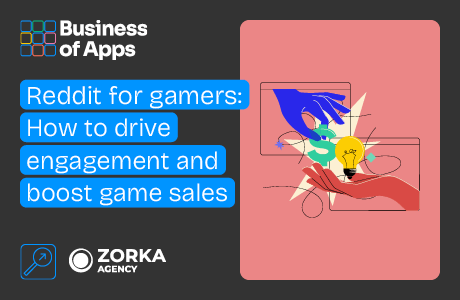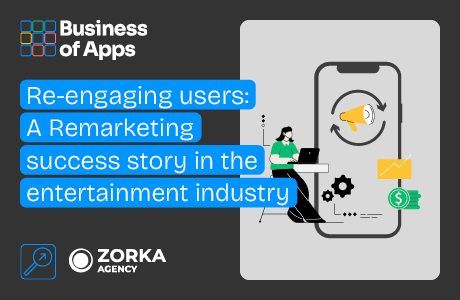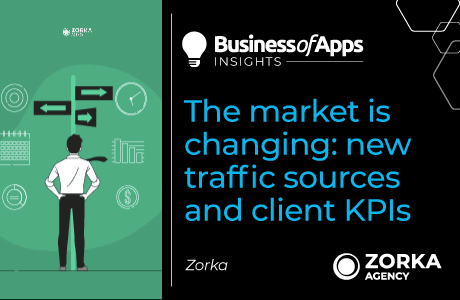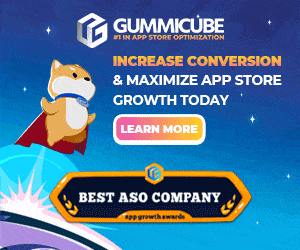In a market dominated by major players with large budgets, acquiring new users can be a real challenge. Traditional traffic sources are often maxed out, requiring a more flexible and innovative approach. This was exactly the case for our client in the car-sharing industry. Their primary goal wasn’t just to attract users but to meet strict KPIs, such as maintaining a specific cost per acquisition. With conventional channels already tested, they needed a fresh perspective and new strategies for growth.
Objective
Our client — a car-sharing app with geotargeting capabilities — aimed to attract new users who would complete their first ride through the app. The primary constraints included access only to self-serve platforms and a strict CPA limit of $15, with a target of $10.
Adding to the complexity, most traditional traffic sources had already been explored. We needed to identify untapped platforms capable of delivering results within the defined metrics.
Solution
We analyzed the client’s existing traffic acquisition strategies and retained effective practices. To achieve results under these new conditions, we recommended integrating Kayzen — a platform offering access to previously untested audiences and providing flexible tools for configuring ad campaigns.
Kayzen operates on a CPM auction model optimized for conversions, similar to other major DSPs. This familiarity reassured the client, as their best results had historically come from such sources. This allowed us to minimize risks and focus on optimizing acquisition costs.
Why Kayzen?
Kayzen is a relatively new tool for app user acquisition, leveraging CPM-based programmatic auctions. It operates through a self-serve platform, offering flexible placement, creative, and targeting options. Its geotargeting capabilities were particularly important for our client.
The platform enables marketers to test numerous SSPs through a single interface, directly integrate with the most effective ones, and utilize robust analytics tools for deep optimization. Its transparency and adaptability allow for quick strategy adjustments aligned with business goals, reducing intermediary costs.
Accessing multiple SSPs
Source: Zorka.Agency
Additionally, Kayzen offers strict fraud filters and high-quality inventory validation, minimizing risks and improving ROI. The platform’s adherence to App Store and Google Play standards ensures a safe advertising environment, making it an ideal choice for quality- and reputation-conscious brands.
Results
Over two months of collaboration with Kayzen (August – September 2024), we achieved the following results despite the low season for car-sharing:
- Installs: 6,587
- First Rides: 1,394
- CAC: $9
The conversion rate from installs to first rides reached 21%, exceeding the average for the client’s comparable sources.
Kayzen unlocked additional opportunities: its ability to efficiently test various SSPs helped us identify new growth channels for the app. Some of these platforms were later integrated directly by the client, expanding their advertising strategy.
Kayzen also stood out for its budget flexibility, streamlining the onboarding of new SSPs.
Addressing fraud
Fraud minimization was one of our key priorities. Kayzen proved to be a reliable tool, meeting the client’s stringent requirements. Of all attributions, only 0.75% were flagged as invalid. The majority (98%) of these invalid cases were attributed to automated bots.
Minimazing fraud
Source: Zorka.Agency
CTA/VTA
In programmatic advertising, View-Through Attribution (VTA) is crucial for campaign success. Since media buying occurs through a CPM auction, it’s vital to account for installs driven by this attribution model in the final results.
Can campaigns run without VTA? The answer isn’t straightforward. While we observed decent purchase volumes during tests, the absence of VTA resulted in higher user acquisition costs and limited platform availability.
For example, in campaigns without VTA, the average CPM is around $4, while with VTA enabled, it ranges between $0.10 and $1. Naturally, this affects the cost per install, as most non-VTA traffic comes from video formats.
To optimize results, reduce acquisition costs, and increase volumes, we strongly recommend enabling VTA. Notably, over 50% of VTA-based installs occur within the first eight hours after an ad impression, underscoring the importance of incorporating this model into campaigns.
Conclusion
Acquiring new users for car-sharing in a competitive market demands not only innovative approaches but also adaptability to changing conditions. Through our collaboration with Kayzen, we delivered an effective solution that met cost-optimization goals while unlocking new growth opportunities.
Kayzen allowed us to lower the CPA to $9 and discover additional traffic channels that complemented the client’s acquisition strategy. The integration of multiple SSPs, combined with flexible campaign configuration and testing capabilities, paved the way for scalability and cost reductions.
Enabling VTA significantly boosted campaign performance, as reflected in high conversion rates and process optimization. Ultimately, our clear strategy, Kayzen’s versatility, and attention to detail at every stage of traffic acquisition led to impressive results, even during seasonal market fluctuations.
This case study demonstrates the importance of unconventional approaches in identifying new growth channels and achieving ambitious KPIs in a competitive landscape.














